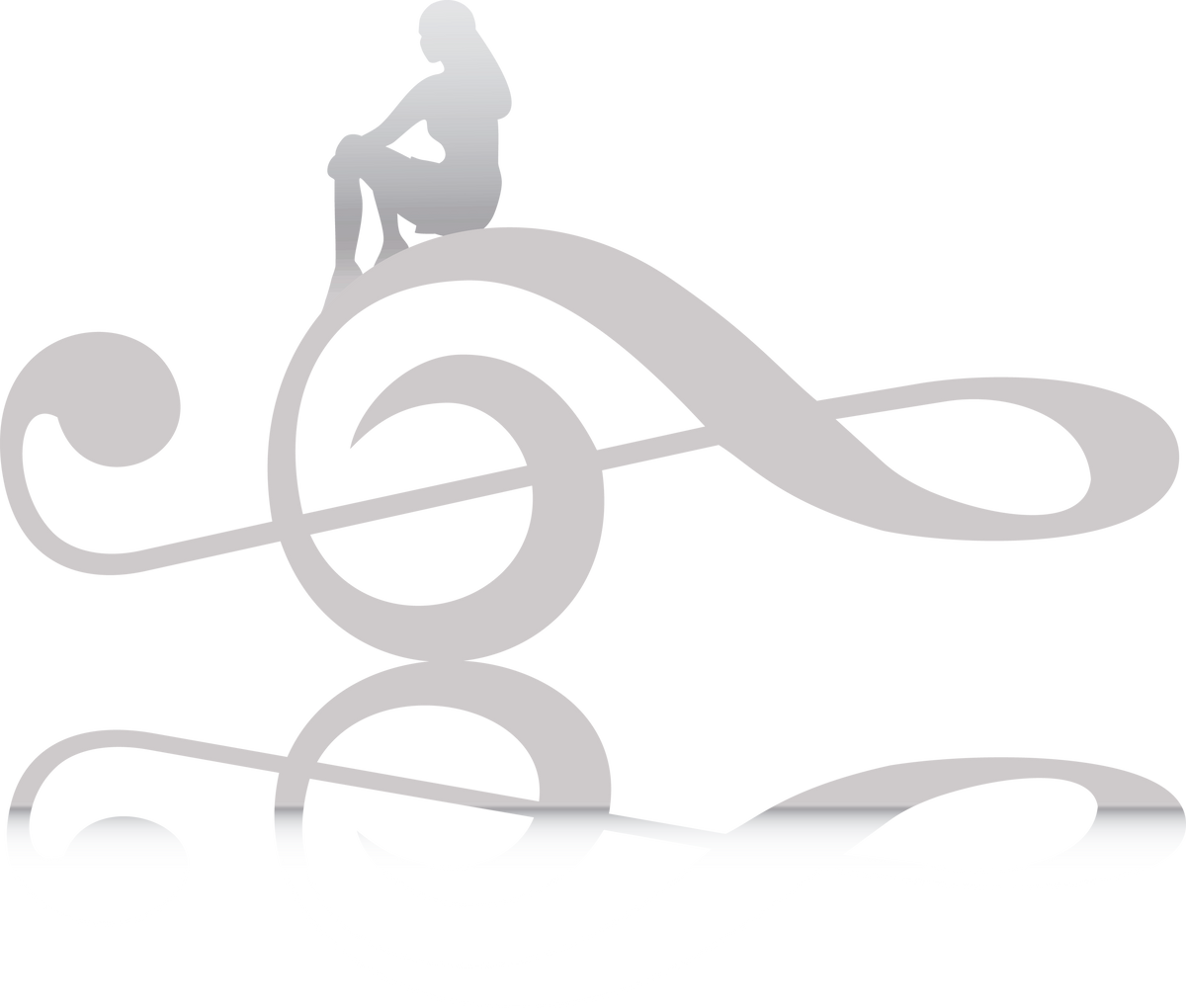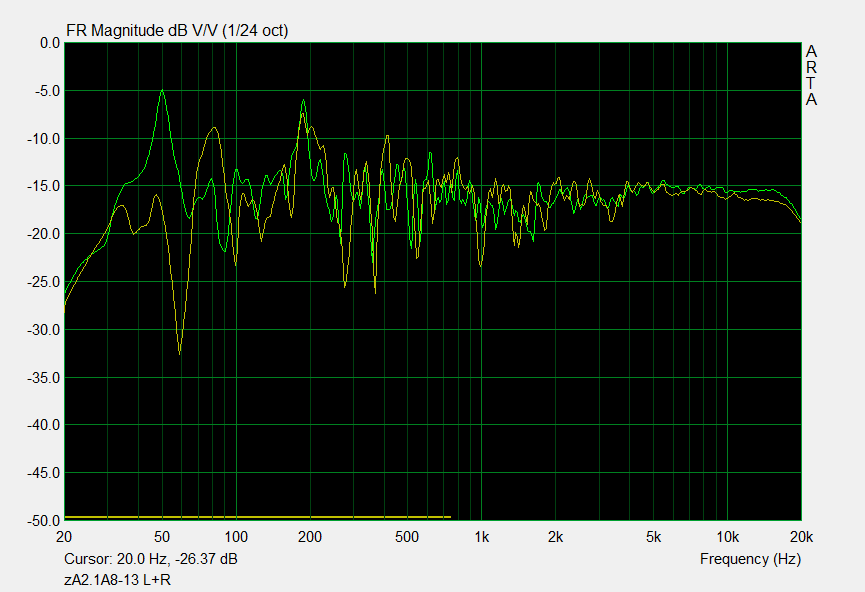
Side-stepping the Side Wall Issue
Room treatment can be a controversial subject in most homes, at least from an aesthetic viewpoint. Let's look at what can you do that's likely to be simpatico with your final arbiter of home decor.
People are pretty well aware that the room can affect tonality and bass, and that there are things one can do to the room and with speaker placement and EQ to help control these things. That’s interesting stuff, and even though this article is about imaging improvement, the things one does for imaging can affect tonality, and positively so in my opinion. FWIW, they will have no effect on bass.
Imaging. Our brains take any reflections arriving sooner than about 10 ms after the direct sound, convolve it with the direct sound, and try to use the combination for determining the sound’s location.
Mixing incongruous local sound with the recorded sound detracts from the recorded image and reduces its naturalness because the conflicting timing information can't be fully resolved. It’s one of the main reasons why you can almost always tell when you're hearing a recording and not live sound, no matter the potential for reality in any particular recording.
It can be more positively thought of as superimposing a local image on the recorded one, and is certainly not objectionable to everyone. It’s a prime factor in what Harry Pearson called soundstage. (That term seems to get used in other ways, too, and there are ways of synthesizing a soundstage with signal processing.) In my opinion, because it imposes a similar sound on all recordings, it gets old. I like to hear mainly what’s on the recording.
Rear Wall. For reference, if your rear wall (behind you) is less than about 5.5 feet [1.7 m] from your seat, you’ll be getting a reflection from back there that’s early enough to affect imaging. To keep imaging as close as possible to what is on the recording, a close reflection should be at least partially absorbed, or if the room is fairly non-reverberant already, then diffused.
How? It doesn’t take thick, expensive, commercial room treatments for this. Reasonably heavy drapes or a decorative rug will generally do it. Alternatively, very simple panels of fabric-faced, 1” thick fiberglass board will make a substantial difference at low expense.
Also, the entire wall doesn’t need covering, just the area that’s maybe 20° or 30° wide when viewed from your seat at head height. For most speakers, the same angle applies both vertically and horizontally.
It’s not important to go wider for multiple seats, because small problems are not so obvious from listening positions that are off center, although it can help. As sort of a positive aspect of a small room, if the back wall is really close to you, then the area needing treatment is really small.
It is important not to overdo the absorption, because a room without at least some reverberancy will sound dead, or at least very dull. Also, the stereo effect relies on having some local ambiance to be enjoyable. It's just first reflections coming sooner than 10 ms after the direct sound that mess it up.
If a room is already has enough absorption, the solution is to add diffusion to the reflection areas. Diffusion scatters the sound in all directions without reducing reverberancy. Commercial diffusers of various types are available from many makers, but even a bookcase or CD rack can help, as long as the CD's or books are not placed neatly, but at random depths of insertion.
Chairs. Something important to avoid is listening in a high-backed chair. Even a pillow right behind your head will cause problems, but a soft pillow behind your head on a high backed chair is better than no pillow on a high backed chair.
Side Walls. Think about the difference between how far you sit from your speakers vs. how far you sit from the side walls. If this difference is less than about 11 feet [3 m], then side wall reflections will detract from the imaging.
It is obviously not likely to be avoidable in typical rooms. In a setup that puts the speakers about 8 feet [2.5 m] from the seat, the side walls will have to be something like 11 feet [3 m] from the seat – it’s not gonna happen in many rooms.
Here are a couple of diagrams to illustrate the problem:

For side walls, the area to treat is the one where you’d put a mirror if you wanted to bounce a flashlight beam from your seat off the wall and onto the speaker. In fact, this is a good way to find that area, if you have a mirror that you can place on the side wall.
Sidestepping it. Of course, the best kind of room treatment to talk about with your spouse is probably no treatment. JansZen speakers are designed to limit the amount of image-affecting sound hitting the side walls as much as possible, so side wall treatments will make so little difference that there’s no real reason to bother with them.
As an aside, the simplest way for me to have done the design would have been with a beamy transducer, which is easy with electrostatics, but that creates a teensy problem known as head-in-vice listening. My designs control dispersion in such a way that there is minimal change in frequency response over a pretty wide area, like a few feet side-to-side at 8 feet away. Beyond that, the higher frequencies drop off quickly. This minimizes wall splash and maximizes imaging in any room without creating an overly narrow sweet spot.
Apart from the imaging issue, it happens that tonality problems and slap echo both tend to be reduced by the same placements of absorption as will intercept first reflections and improve imaging, although they might require more. Bass modes are a different animal, although absorption added for simply reducing bass decay times will also reduce overall reverberancy and can thus help with tonality and slap echo.
As one last note about improving imaging, sitting very close to any pair of speakers is a sure way of increasing the proportion of the direct vs. room sound. Desktop computer speakers tend to image well for this reason, but it’s obviously not a great setup for more than one person at a time.
For those who are accustomed to a speed of sound figure of 1 foot per millisecond, I'd like to point out that this is an approximation. The speed of sound in air is just about 13.6” per ms at STP, which is why I cite 11' as an ideal path difference to get a 10 ms delay. In metric, the delay is very close to 3 ms per meter.
Aloha,
David Janszen
P.S. More about wall distance. Speaker placement near the front wall (the one behind the speakers) might be suspected as the cause of image depth problems. This suspicion arises because of the visual depth we see when the front wall is well back from the speakers. This visual presentation facilitates the auditory illusion of image depth, or at least does not contradict it. There’s a temptation to attribute this increase in perceived image depth to a reduction in first reflections from the front wall.
Placement out into the room, however, actually increases the strength of first reflections, and has little effect on the secondary ones.
Except in the case of dipoles, there is no rearward sound from speakers, except at bass frequencies. Since bass frequencies don’t serve any purpose in sound localization, there are no relevant first reflections from the front wall. Any reflections from that wall are at least secondary after first reflecting from other walls. The back wall is usually the prime culprit with directive speakers, plus the side walls for those with wide dispersion.
In fact, moving speakers closer to the front wall increases the distance to the back wall, and this can only benefit imaging by decreasing the strength and delaying the timing of early reflections from the back and side walls.
To put speakers near the front wall, however, they must be designed to allow this, which mainly amounts to having an appropriate amount of low bass, namely not too much, because speaker placement near the wall will reinforce the low bass. Rear mounted ports can also be sensitive to front wall distance, which is not an issue for JansZen speakers, which all employ sealed cabinets. Something else about JansZen loudspeakers that's useful for accommodating near wall distance is that our passives have woofer level controls, and specifically for this purpose, the actives have selectable EQ presets. Of course, the speakers must also be of a non-dipole design, of which ours are unique among electrostatics.
DJ
Leave a comment
Comments will be approved before showing up.
Also in Issues in Audio

Electrostatic Loudspeaker Attributes, the Mythic and the Mythical
Every company making electrostatics has its own approach, so each design in this category is a mixed bag of attributes -- mostly positive, some negative, and rarely indifferent.
To begin with, and probably why you’re interested in electrostatics, all offer exceptional clarity, immediacy, smoothness, low distortion, and transparency, especially in the midrange and treble. Various criticisms, however, have accumulated over the decades, spread out among a number of makers, past and present.

